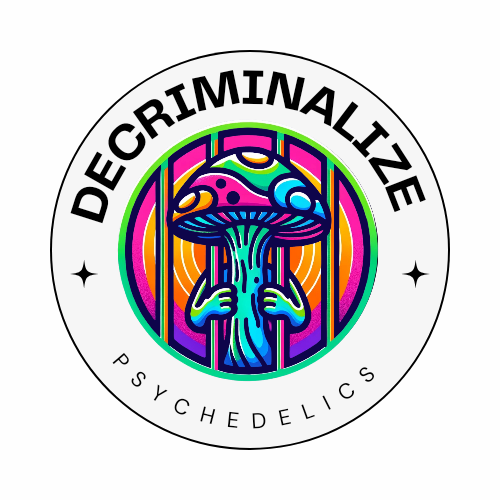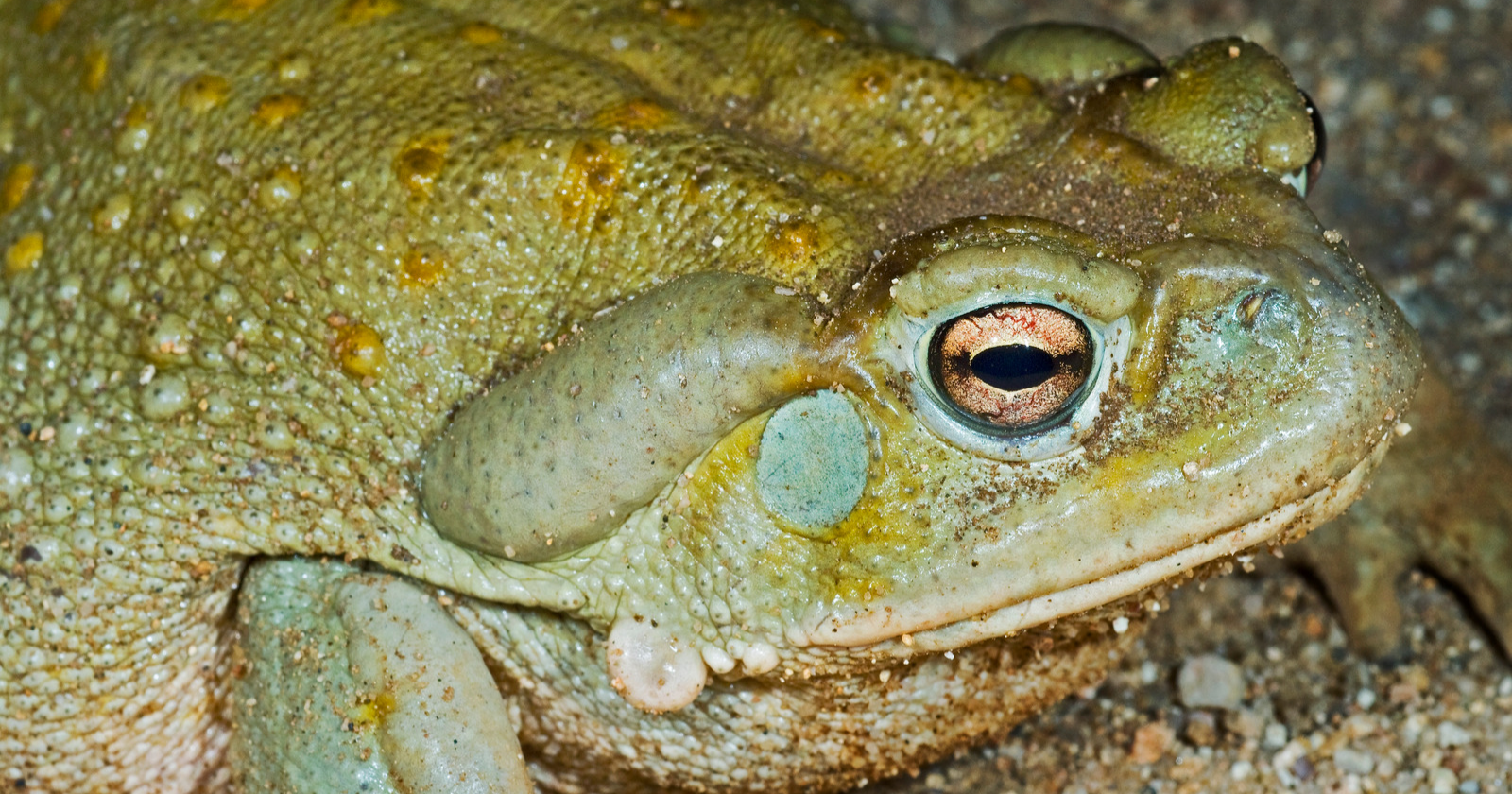Ever wondered how 5-meo-dmt is harvested?
It’s not exactly a topic that comes up everyday.
But there’s a whole process behind it; one that’s as intriguing as it is complex.
There are multiple ways to go about it… Some might surprise you.
Curious? Let’s delve in.
Harvesting from the Bufo Alvarius Toad
So, the first method of harvesting 5-meo-dmt is quite an unusual one.
It involves a toad.
Yes, you read that right. A toad.
Specifically, the Bufo Alvarius toad.
This little critter is found in the Sonoran Desert and has a unique defense mechanism. When threatened, it secretes a venom that happens to contain dmt.
I remember the first time I saw this in action.
I was on a trip in Arizona, visiting a friend who’s an avid herpetologist.
He took me to the desert one night, and there it was – a Bufo Alvarius toad.
When he gently pressed its glands, the venom oozed out. The whole process was oddly mesmerizing.
But remember, while this method is fascinating, it’s not exactly ethical or sustainable.
The toads are often stressed during the process, and their population is declining due to over-harvesting.
Synthetic Production
Thankfully, there’s another way to harvest that doesn’t involve disturbing wildlife, and that’s through synthetic production.
I’m no chemist but I’ve had the chance to visit a lab where they do this.
And let me tell you, it was nothing short of mind-blowing!
The precision and expertise involved are incredible.
In simple terms, this process involves complex chemical reactions that result in synthetic 5-meo-dmt.
It’s a more reliable method as it ensures consistent quality and quantity.
But just like everything else, it has its downsides too. It’s expensive and requires specialized knowledge and equipment.
So there you have it. Two very different methods of harvesting 5-meo-dmt – each with its own set of pros and cons. But we’re not done yet.
Let’s move on to the next method…
Extraction from Plant Sources
Would you believe that 5-meo-dmt can also be harvested directly from certain plants? It’s true.
The Anadenanthera peregrina, a tree native to South America, is one such plant.
Its seeds contain a significant amounts.
Traditionally, local tribes would grind these seeds into a snuff and use it for spiritual rituals.
But to extract it for modern use, the seeds undergo a chemical extraction process, much like the synthetic method but with a botanical twist.
The intriguing part is not every plant in this species produces 5-meo-dmt.
It seems to be a genetic trait found only in some plants, almost like blue eyes in humans. The exact reasons why are still unknown to science.
Isn’t nature full of surprises?
The Future of 5-meo-dmt Harvesting
Looking to the future, I can’t help but feel a sense of hope.
With advancements in technology and a growing consciousness about ethical practices, we’re seeing more innovative approaches to harvesting 5-meo-dmt.
One such approach is the development of lab-grown toad venom cells.
This means we could potentially harvest 5-meo-dmt without causing harm to a single toad.
It’s a beautiful thought, isn’t it? That we could continue to benefit from this unique compound while ensuring the survival and wellbeing of the very creatures that introduced us to it.
It’s a reminder that progress isn’t just about moving forward, but also about respecting and preserving what already exists.
Personal Responsibility in Harvesting
Finally, I think it’s important to touch on our personal responsibility when it comes to harvesting 5-meo-dmt.
I recall a time I was offered a dose of 5-meo-dmt at a gathering.
My first question was, “Do you know where it came from?” I wanted to ensure that it wasn’t harvested in a way that harms wildlife or exploits local communities.
The truth is, we all have a role to play in ethical harvesting.
By being mindful about where our 5-meo-dmt comes from, we can help drive demand for ethically sourced products.
It’s a small step, but one that can make a big difference.
So next time you’re considering using 5-meo-dmt, remember to ask yourself – where did it come from? Your choices matter.
Harvesting from the Mimosa Hostilis Root Bark
Here’s another plant-based source to consider – the Mimosa hostilis.
Its root bark is rich in DMT, making it a popular choice for harvesting.
Once the roots of the tree are harvested, they’re stripped of their bark which is then dried and powdered.
This powder can be used as a basis for extracting.
I’ve seen pictures of these trees with their vibrant pink flowers and twisted roots.
They’re quite a sight! But again, it’s crucial to ensure that they are harvested sustainably to prevent any adverse environmental impact.
From the Psychedelic Yopo Snuff
Did you know that Yopo, a traditional psychedelic snuff used by indigenous tribes in South America, also contains 5-meo-dmt?
The snuff is made from the seeds of the Anadenanthera peregrina tree – the same tree I mentioned earlier.
The seeds are roasted and pulverized along with other ingredients to create a potent mix that’s traditionally inhaled through the nostrils.
In modern times, this process has been adapted to extract 5-meo-dmt from Yopo.
While it may not be the most common method, it’s definitely one that carries a rich cultural history.
Harvesting from Phalaris Grass
Last but not least, let’s talk about Phalaris grass.
This common genus of grass is found worldwide and contains small amounts of 5-meo-dmt.
While you might walk past this type of grass every day without giving it a second thought, it’s actually one of the more accessible sources.
But, because the concentration of 5-meo-dmt is relatively low in Phalaris grass, large amounts of it are needed for extraction.
This, along with the complex extraction process, makes it a less popular option.
And there you have it – the different ways that 5-meo-dmt is harvested.
As you can see, it’s a process that spans continents, cultures, and even species.
It’s a testament to the diversity of nature and the ingenuity of mankind. But remember, with knowledge comes responsibility.
So let’s use this information to make better choices and promote ethical harvesting practices.











